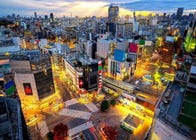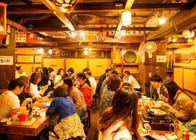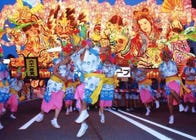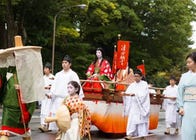
Culture shock is common for first-time visitors to Tokyo. A lot of tourists can fall into the trap of assuming that Tokyo is just like any other city in the world, but Japan is a unique country with its own distinct customs, culture and etiquette.
When in Tokyo, do as the Tokyoites do. Here are some of the most common mistakes people make when visiting for the first time.
Main image credit: PIXTA
1. Expecting things to be written in English ...
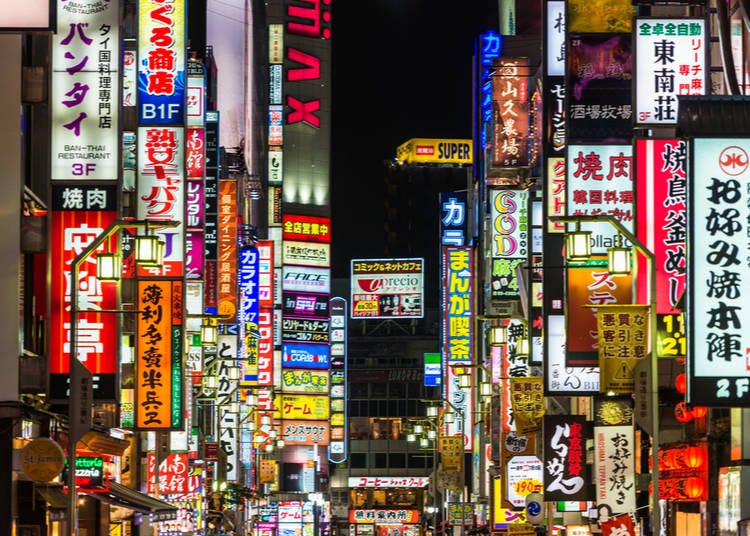
Don’t underestimate the language barrier in Japan. A lot of people assume that non-natives will be catered for everywhere in Tokyo since it’s a tourist hotspot.
But unfortunately, this isn’t true at all. While the main tourist areas often do have English translations available, most things are in Japanese and Japanese only.
Street signs, building names, menus. At some point, you’re going to need a hand reading them, so it might be wise to have Google Translate or a similar app available on your phone, which can even translate pictures of Japanese text.
2. ... And then asking “Do you speak English?”
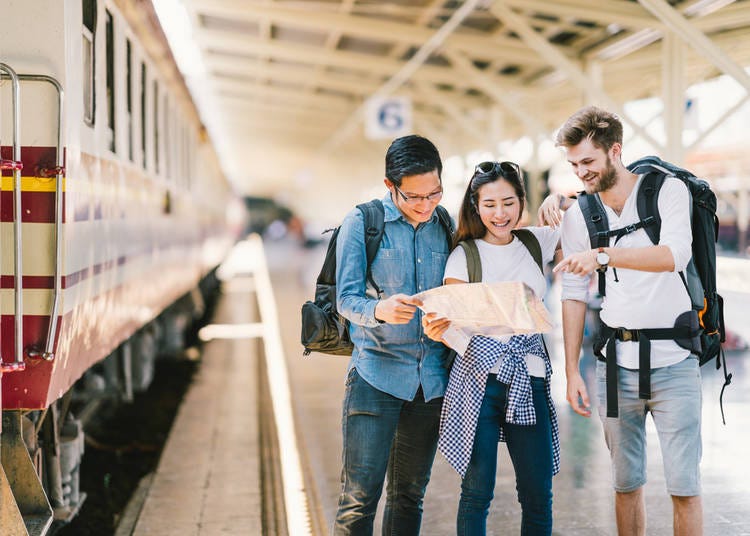
While we’re on the topic of the language barrier, you might be tempted to ask Japanese locals if they speak English. For uniquely-Japanese cultural reasons, you probably won’t get an answer if you just walk up to someone and blurt this question out.
Instead, it’s much better to open with “sumimasen” (excuse me), then ask away. Ideally, you should then ask “eigo ga hanasemasuka” (do you speak English?”). Making the effort to ask the question in the native language will give you a higher success rate.
3. Assuming trains are 24/7
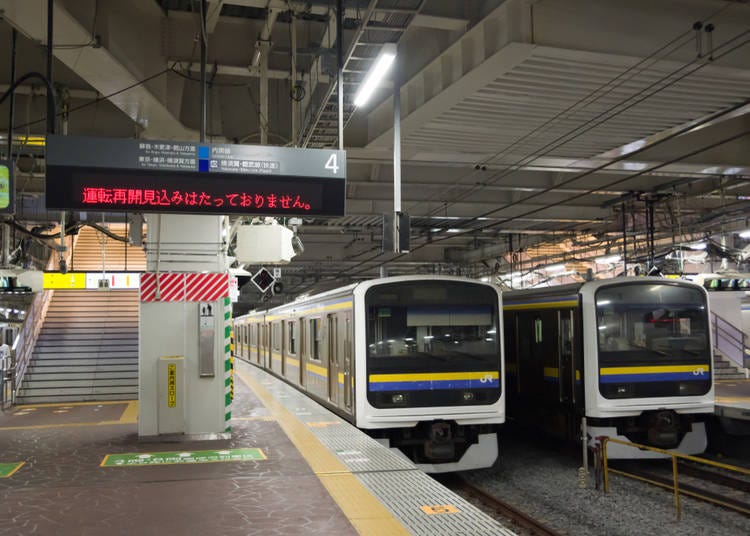
A lot of countries do indeed have trains running all night through their major cities, but unfortunately, Tokyo isn’t one of them.
Tokyo nightlife is one of the best in the world, and with Japan’s emphasis on efficiency and convenience, you’d assume that the city would cater to the travel needs of late-night party goers. However, most train lines stop running between midnight and 1am, then start up again around 5:30am.
Be sure to check the schedule for the last train home. However, if you do get stranded in Tokyo, we’re sure you’d have no trouble finding something to do.
4. “This train is too packed, let’s wait for the next one”
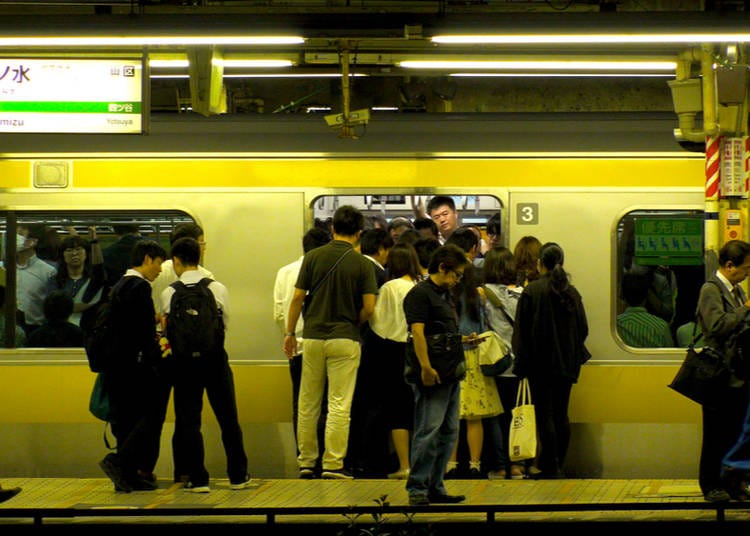
Speaking of trains, much of Tokyo is beholden to public transport. You’ve probably seen some of the videos online of just how crowded Tokyo trains can get. While trains can get crammed at any time of the day, if you’re traveling at rush hour (7am-9am and 6pm-8pm), you can be pretty sure that you’re going to be dealing with a lot of other people.
I made this mistake myself when I first arrived, but after telling myself “I’ll wait for the next train” three times in a row, I knew I’d be stuck there forever if I didn’t cram myself on.
For such a respectful country, there’s really no concept of personal space on trains. You’ll be climbing all over each other like something you might see if you walk into the wrong room in a Love Hotel, but don’t worry, it’s a perfectly ordinary Japanese custom.
5. Only staying in Tokyo
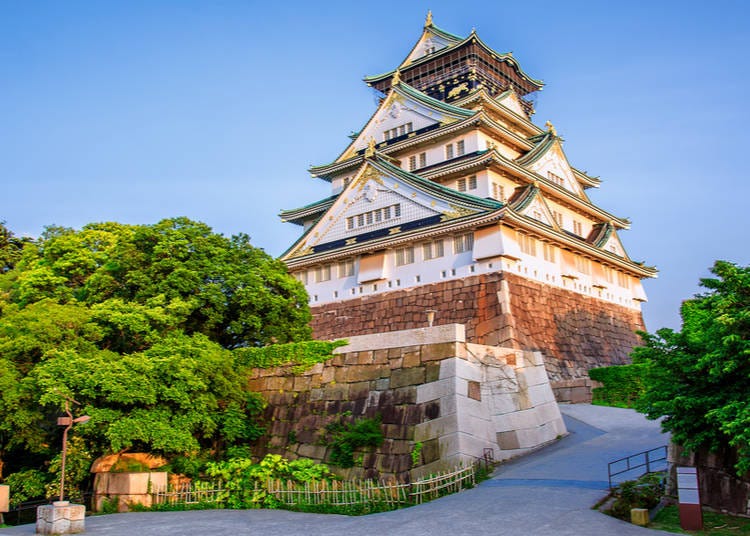
Tokyo offers a fantastic blend of traditional and modern Japan, but there are other parts of the country that are equally as fascinating. Kyoto offers endless classic architecture and serene gardens, almost the opposite of the bustling metropolis that is Tokyo.
You probably won’t see any deer in Tokyo, but you’ll be swamped with them in Nara. Osaka is similar to Tokyo in that it combines city life with gorgeous rural areas, but the pace of life is a little less hectic.
With this said, Tokyo is such a diverse place that you can stay there your entire trip and do something different every day. If rich history is your thing, then Kamakura should be on your list. Likewise, Nagatoro is a place with stunning natural landscapes with mountainous borders, and it’s a popular day-trip location for people looking to get out of the city and into a different part of Tokyo.
6. Not interacting with the locals

While bar, restaurant and hotel staff are used to dealing with tourists, the average Tokyoite might not be. Overcoming the fear of striking up conversation with the locals can be a daunting task, especially in a country people go to great lengths to avoid awkwardness.
However, if you avoid the locals, you’ll be missing out on some great experiences and conversations. You’ll find an incredible level of respect and politeness from Japanese people, and most of them will be eager to help you out.
I know, we’ve said you shouldn’t ask “Can you speak English?” but that doesn’t mean they don’t want to chat at all! Interestingly, you might find locals offering help without you even asking. There’s a concept in Japan known as Kuuki wo Yomu, roughly translated to ‘reading the air’. It means a lot of Japanese people have developed the ability to read situations without words, so if they see you struggling with a map or looking lost, they’ll offer their assistance.
You might even have locals asking to take pictures with you, and they’ll usually communicate with you in English as a way of showing politeness or as a way of practicing their English. They usually do this with good intentions, and aren’t trying to be rude! But if you’re not into talking to strangers, you can politely decline and they will be on their way.
7. Walking on the wrong side of the escalator (or stairs!)
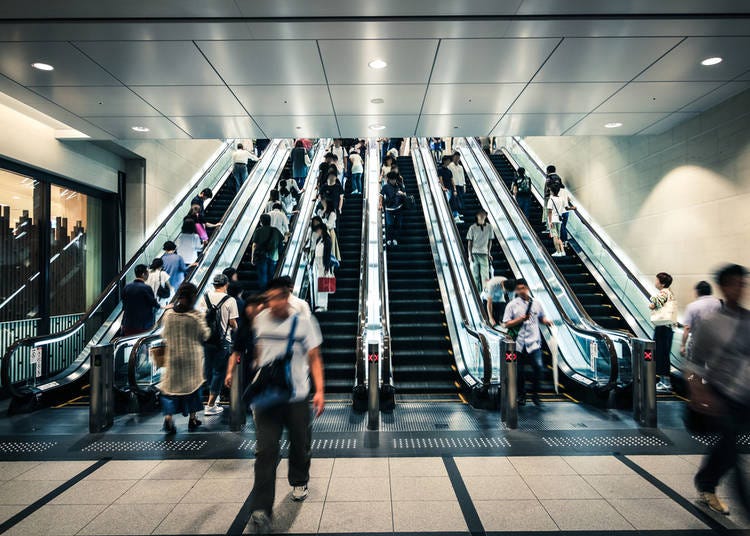
I’m from England, and like a lot of countries, we play fast and loose with the rules on this one. Outside of London, our escalator etiquette is basically non-existent; we just walk wherever there’s a space.
Don’t do that in Japan. Stay on your designated side.
The correct side is different depending on where you’re at, so if you’re:
・In Tokyo, the slow/standing lane is on the left.
・In Osaka (and the Kansai region), the slow/standing lane is on the right.
8. Wearing inconvenient shoes
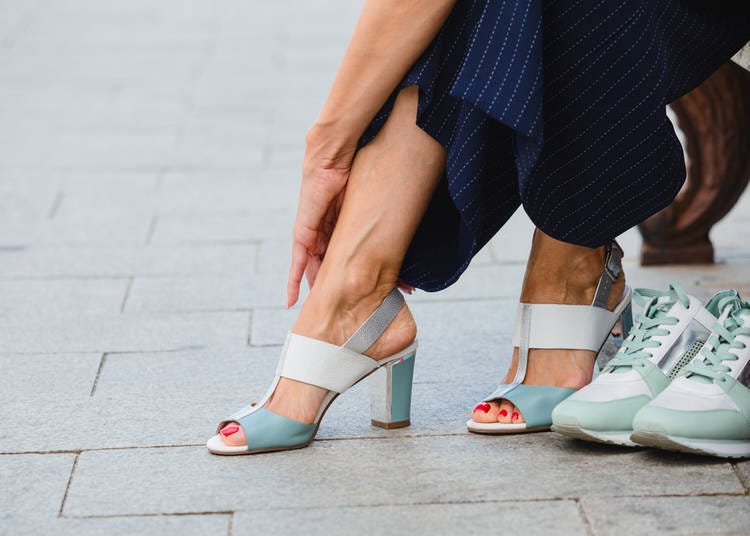
You’ll be taking off your shoes a lot around Japan, and constantly bending down to remove complicated footwear gets annoying pretty fast, so be sure to leave those lace-up stilettos at home. Remember, you’ll be taking your shoes off in homes, temples, restaurants, some bars, even some traditional stores – so lacing up and untying shoes will be a big part of your experience.
Instead, wear simple boots or sneakers, something that slips on and off without too much effort.
If you’re staying in a traditional ryokan, you’ll need to take off your shoes at the entrance and put on indoor slippers. Don’t confuse these with bathroom slippers though, they’re different too. You’ll find bathroom slippers waiting outside the bathroom door, which need to be switched with your current slippers and back again when you’re finished. Cleanliness is a highly valued part of Japanese culture.
9. Drinking, eating and smoking in public
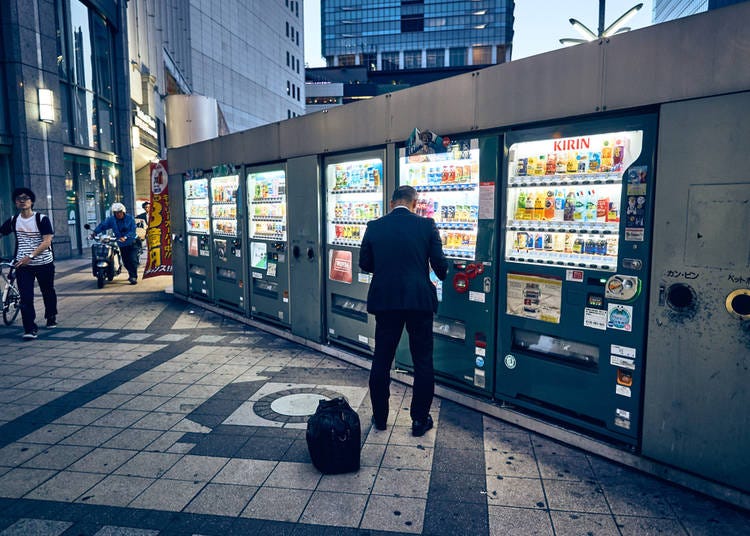
This one is actually a little misleading because it’s not uncommon to see people eating and drinking while sitting on park benches. However, if you take a look around, it’s pretty rare to see someone eating and walking at the same time.
It’s considered rude to walk while eating or drinking, firstly because it looks a little shabby and secondly because it implies you’ll be leaving litter somewhere (trash cans are few and far between in Japan). A good rule to follow is to always stay in one place when consuming food, and carry your litter with you until you find a trash can.
The same can be said for smoking. It’s prohibited to smoke on the streets in Japan, but there are dedicated outdoor smoking shelters dotted around. Don’t just assume you can light up because you’re outdoors, because smoking in undesignated areas can land you with a fine.
While we’re on the subject, most restaurants, bars and izakayas allow indoor smoking. These areas are usually separate from the non-smoking areas, but due to the cozy nature of a lot of these places, it can be difficult to avoid second-hand smoke no matter where you sit.
10. Bad shrine etiquette

Many of Tokyo’s shrines are some of Japan’s top tourist destinations, so it’s natural you’ll want to visit a few while you’re there.
However, it’s important to remember that shrines and temples are places of respect, worship and prayer. They are sacred places and a prominent part of Japanese tradition. They shouldn’t be treated like museum curiosities.
Before you enter, it’s appropriate to bow your head at the entrance and place a coin in the designated box (the amount of money doesn’t matter). If you want to do exactly as the locals do, it’s best to look around you and follow the practice, but if you’re particularly worried, have a look here for tips on what to do. Pictures may be permitted outside the shrine, but are usually prohibited inside. Be courteous of other people being there, as they may be there for religious reasons, not just sightseeing.
11. Avoiding local restaurants
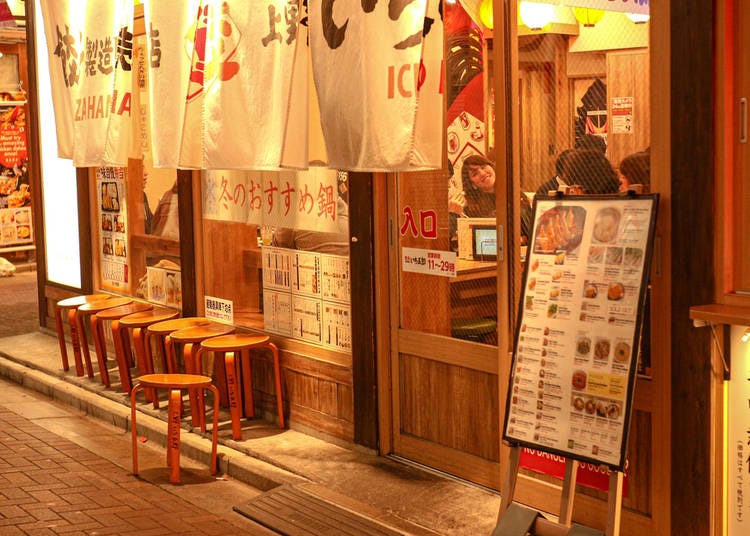
There’s a great benefit to getting off the beaten path and getting a taste of authentic Japan. You’ll find the best food in the world here, and a lot of it is hiding out in small, local restaurants tucked away in less busy areas.
You might be worried about the language barrier, but if you use the apps I mentioned in point one, you won’t have much trouble communicating. Many Japanese restaurants (even the non-touristy ones) have pictures on the menu, so you can point to what you’d like and say “kore o kudasai” (this please).
It’s also wise to learn the phrase “osusume wa nan desuka?” which means “what would you recommend?” Worst case scenario, just go with what the waiter suggests!
12. Not familiarizing yourself with landmarks

When U2 sang Where The Streets Have No Name in 1987, they could well have been talking about Tokyo. Main thoroughfares will sometimes have names, but most areas are broken down into blocks and addressed numerically.
So, if you ask someone for directions, you’ll probably get told to head to the nearest landmark since that’s the easiest way of describing it. Alternatively, you’ll get told how many meters away it is, so be sure to brush up on your understanding of the metric system. You’ll need to know the terms ‘straight’ (massugu), ‘left’ (hidari) and ‘right’ (migi), as well as how big a meter is (it’s about the length of a baseball bat).
13. Using map apps wrong
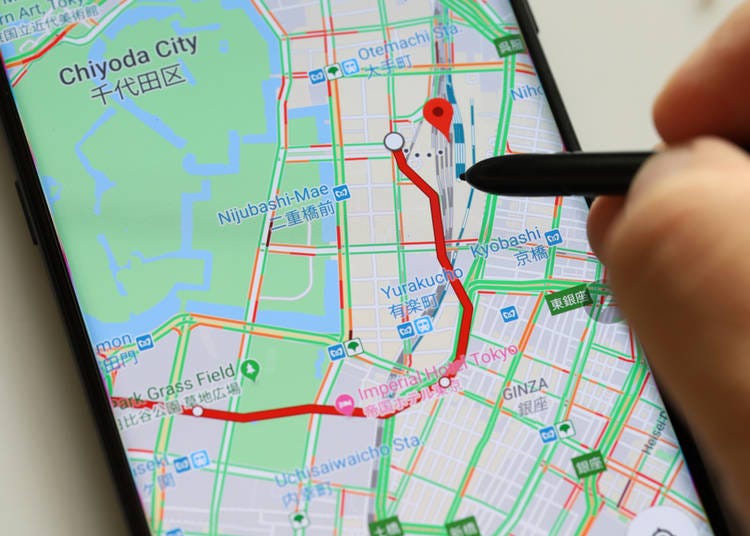
Google Maps can be a godsend when navigating your way around Tokyo – providing you use it right, that is.
Japan uses the language system of katakana to spell out words with foreign origins, which can include restaurant or building names. Since there are several English consonants missing from the Japanese language, letters are sometimes substituted for the closest sound thing. Therefore, it’s easy for things to get lost in translation when searching via name on map apps.
Therefore, the best option is to search by phone number or postcode, since these are all numerical.
14. Taking taxis everywhere
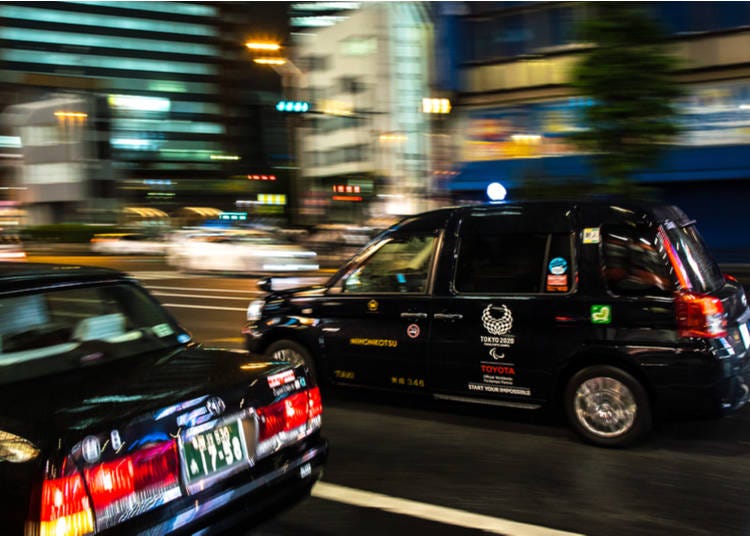
For a country with such an incredible public transportation system, you’d think taxis would step their game up.
While there’s nothing wrong with the taxi service as such, the price of taking a cab anywhere is incredibly steep. And if you want to take one between the hours of midnight and 5am, be prepared to shell out some serious cash. You’re much better off familiarizing yourself with the trains and buses for more cost-effective travel.
15. Not going to any events
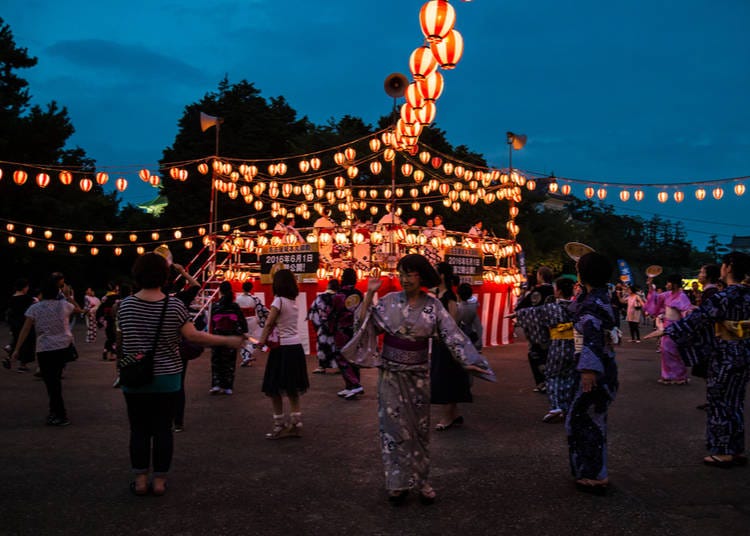
When you hear the word “event” in another country, you might think of concerts or shows you have to book way in advance. But in Japan, there’s always some kind of festival going on somewhere!
Whether it’s a small nabe festival in Hibiya Park, or a huge cherry blossom festival in Ueno, you’re bound to find something that interests you. Not to mention, it’s the best way to get a taste of the culture.
As a general rule, always be polite, respectful, and well-mannered. Be aware of your surroundings, and don’t be shy. Get involved with the culture as much as you can and you’ll find your stay in Tokyo to be a truly memorable experience.
- Area
- Category
*Prices and options mentioned are subject to change.
*Unless stated otherwise, all prices include tax.
Recommended places for you
-

Experience the Taste of Spring in Japan! 2025 Limited-Time Sakura-Flavored Drinks at Popular Cafes
-

Discover Fukuoka: The Compact, Eco-Conscious City Leading Sustainable Travel
-

10 Must-Visit New Spots in Tokyo in 2025: Exciting Openings in Harajuku, Ginza & Toyosu
by: Miyu Shimada
-

Things to Do in Tokyo in March 2025: Festivals, Cherry Blossoms & More
by: Kaori Kimura
-

2025 Japan Cherry Blossom Tours: Best Spots and Travel Packages
-

6 Must-Stay Ryokans in Nagano for a Traditional Japanese Escape
by: Himanshi Shah
Inspiration for Accommodations
-

Enjoy Mt. Fuji from the Comfort of Your Room! Recommended Ryokan with Mt. Fuji View
-

Stay Near the Cherry Blossoms! Hotels for Cherry Blossom Viewing in Tokyo
-

Family-Friendly Hotels with Free Shuttle to Disneyland: Convenient Access for a Magical Stay
-

Top Ranked Hakone Hotels with Mt. Fuji View: Enjoy Stunning Scenery from Your Private Space
-

Convenient Tokyo Hotels with Airport Shuttle: Ideal for Families and Heavy Luggage
-

Stunning Tokyo Tower View Hotels: Enjoy Spectacular Scenery from Your Private Space
-

Convenient Asakusa Hotels with Kitchens: Ideal for Extended Family Visits
-

Experience Luxury: Hakone's 10 Best Five-Star Accommodations
-

Enjoy Mt. Fuji Autumn Leaves! Top Hotels Near the Popular Autumn Leaves Corridor
-

Experience Hakone Fall Foliage from Your Room with Stunning Views
-

Tokyo Daikanyama: Exotic Atmosphere, Beautiful Streets, and 7 Top Shops
-

Spring in Taito: Home to Ueno & Asakusa! Step off the beaten path and curate your perfect 1-day itinerary
-

Guide to Tokyo's Old Quarter: 7 Quaint Spots in Yanesen!
-

6 Fun Things to Do at Tokyo's World-Famous Tsukiji Outer Market!
-

The past and present of Ginza and Tsukiji
-

Exploring Tokyo: 3 Must-Visit Spots around Tokyo Station
- #best ramen tokyo
- #what to buy in ameyoko
- #what to bring to japan
- #new years in tokyo
- #best izakaya shinjuku
- #things to do tokyo
- #japanese nail trends
- #what to do in odaiba
- #onsen tattoo friendly tokyo
- #daiso
- #best sushi ginza
- #japanese convenience store snacks
- #best yakiniku shibuya
- #japanese fashion culture
- #best japanese soft drinks




















